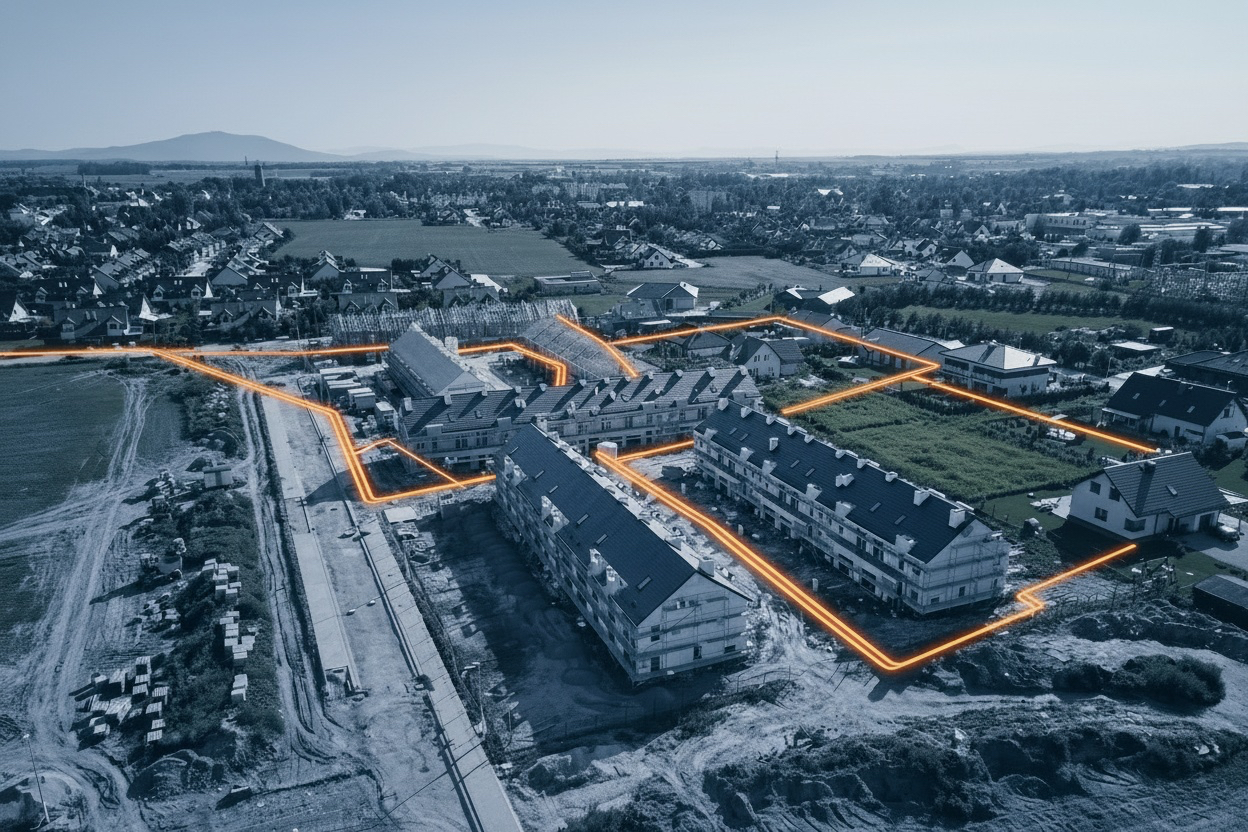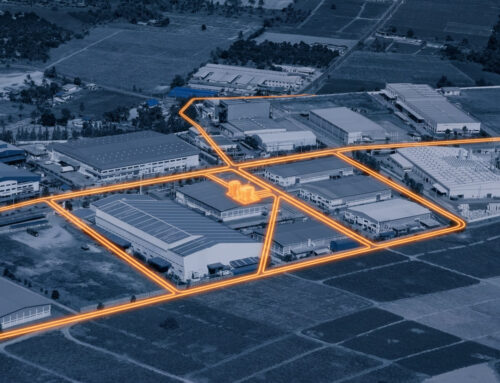Project Description
Market development, market segment project developers in new residential construction and general contractors
Project development in new residential construction is at the heart of the energy transition. Today, new housing developments must not only create affordable and attractive living space, but also ensure a climate-neutral energy and heat supply . Developers, cities and investors are demanding integrated solutions that combine sustainability, cost-effectiveness and digital infrastructure.
As complexity increases, so do the requirements: Project developers must integrate energy, heating and digitalization concepts into neighbourhood planning at an early stage. Successful projects are created where residential construction, local heating, photovoltaics, storage and smart control are planned and implemented from a single source.
Here are the specific challenges:
Developments and trends
EXAVY services
EXAVY develops and finances turnkey infrastructure projects that combine local energy and digital transformation.






